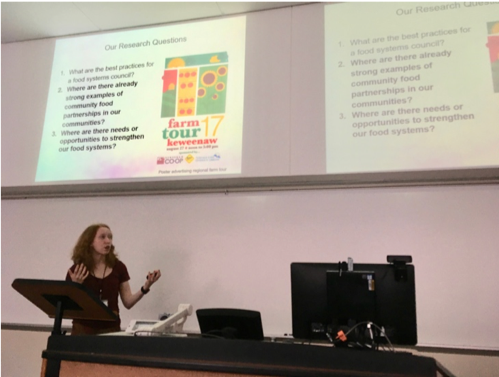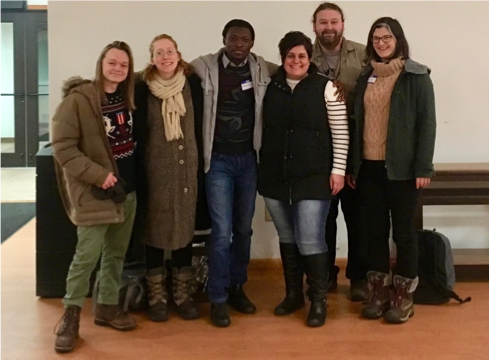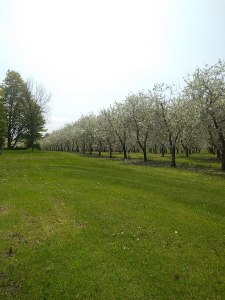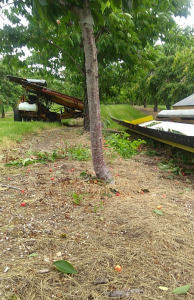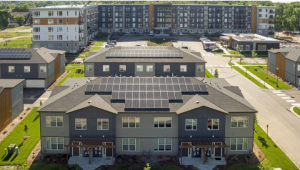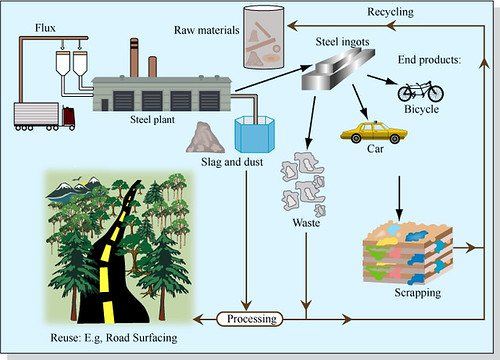Zofia Freiberg contributed this guest blog post. She is a systems engineering major at MTU.
She can be reached at zjfreibe@mtu.edu
Photo Taken by Kayley Roche kmroche@mtu.edu. Used with permission.
After installing better insulation, do you think you would turn up your thermostat? If you purchased an electric car, do you think you would drive more? These behaviors illustrate the rebound effect – behavioral change that offsets efficiency efforts to reduce emissions. This phenomenon is observed with pro-environmental interventions on the scale of an individual’s behavior. In these scenarios, the rebound effect is often attributed to compensatory green beliefs.
A compensatory belief is based on the idea that the effects of a positive act can counteract the effects of a negative act. Take, for example, the use of a morning run to later justify grabbing a donut for breakfast. Once applied to environmental actions, it becomes a compensatory green belief, or CGB for short.
When asked whether they agree or disagree with behaviors like “I do not often use a dishwasher, so it is okay to have longer showers,” the majority of people tend not to openly endorse CGBs. While someone may not consciously endorse CGBs, their behavior can still be influenced by them. One study on CGBs added open-ended questions regarding CBGs in addition to simple agree/disagree scenario questions. This research confirmed that most people disagree with CGbs when asked about them point blank. Contrastingly, in the interview section, participants often described behaviors that suggested compensation regarding environmental acts. Participants stated things like, “Well I’m allowed a bath once every couple of months if I have a shower all the rest of the time” and “I’ll often catch the school bus or I’ll walk in the morning to school and then I often think well I’ve cut down on that so if I’m going out in the evening I ask my dad to give me a lift.”
Additionally, both studies found a strong negative correlation (R = -.54) between endorsing CGBs and reporting behavior and identity traits that are pro-environmental. In fact, the absence of CGB endorsement was a better predictor of pro-environmental behaviors than environmental values or identity. These differences in the qualitative and quantitative findings are concerning. The people who presumably care most about the environment are not objectively acknowledging the CGBs we know they hold. Compensatory beliefs may offer an appealing solution to rationalize behaviors that are unaligned with long term goals or values. Though the rebound effect can be discouraging, it’s vital to note that there is controversy around the magnitude of industry-scale rebound effects. As for the ability of CBGs to counteract eco-friendly acts, that’s up to you.

